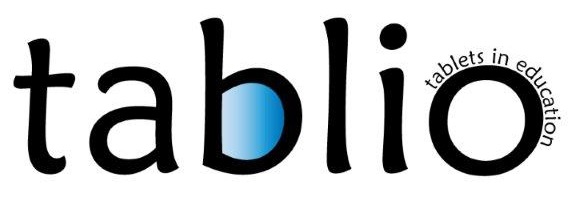The SPACIER-principles
Technical design principles on classroom differentiation and inclusion with tablets
The following principles are intended to highlight the importance of creating SPACE i.e. room for manoeuvre, both for the teacher and learner to facilitate differentiated learning. Therefore, the SPACIER-principles should guide educators who plan to implement differentiated learning using the vehicle of mobile devices.
S - Design principles related to security
S.1. The use of mobile devices for differentiated learning should comply with the policies, legalities, guidelines, protocols and structures that are aimed at protecting the health and well-being of both the learner and the educator.
S.2. Students (and teachers) should be media literate and should receive training in this area if required.
S.3. Permissions from parents for internet access and online user profiles, especially in primary education.
S.4. Participating in a learning process using tablets should be safe for the student.
S.5. If the use of individual mobile devices are permitted, coach students in their understanding on how other mobile devices and operating systems function (also for social learning activities).
S.6. In a tablet-school using school tablets, there has to be a clear policy on privacy, security and storing/deleting user-content.
P - Design principles related to plurality
P.1. It is suggested to apply a multi-platform approach and use apps that function platform independently.
A - Design principles related to apps
A.1. Taking account of app availability and access, the choice of the right app for learning should be influenced by the differentiated needs of the learners and less by the personal learning preference of the teacher.
A.2. Apps that give insights into user-progress are interesting, especially when it comes to classroom differentiation and inclusion.
A.3. Apps that work well on all devices are suggested.
A.4. The possibility to access the app with the computer is an advantage for the teacher.
A.5. Apps should be contemporary: they have to be developed to the latest Operating Systems. When an app is getting outdated, teachers should consider to change. A flexible attitude towards the choice of the app is therefore suggested.
A.6. Try to make use of free apps first. If they don’t meet the differentiation needs, consider to choose a paying app. Be aware of ‘hidden’ payments and advertising when you choose for free apps. Also be aware that free apps can disappear suddenly.
A.7. Make use of interdisciplinary apps: you don’t have to use many apps to have a satisfying tablet-experience. Make a good choice because teachers and students will get confused when there are too many options.
C - Design principles related to cohesiveness
C1. It is suggested that a group of teachers come together to decide what are common educational needs and adapt the apps that will be used to that (app suite). A ‘line of apps’ could be an interesting approach in order to have alignment within a grade and across grades.
C2. Schools should consider balancing ‘strict guidelines for tablet use’ and ‘full freedom for each teacher’.
C3. It is suggested to have a learning technologist / champion in a school using tablets. This person monitors and revises the apps that are used, takes care of the devices and gives support to the teachers.
C4. A fully charged tablet-battery in the morning is necessary for an effective tablet-experience. There should be a clear school policy on battery charging. In a BYOD-school students and teachers have to charge their tablet at home or in lockers with charging stations. In a tablet-school with school tablets, a staff member needs to charge and manage all tablets. Classrooms in which tablets are used, need to have enough charging stations.
I - Design principles related to infrastructure
I.1. The introduction of mobile technologies for differentiated learning should be supported by an infrastructure that is Reliable and Robust. Learners and educators should be able to share work from their mobile device through mirroring/casting.
I.2. You would only have a good tablet experience when you have a consistent WiFi-network with high bandwidth.
E - Design principles related to economy
E.1. Economy of scale: this includes choosing apps or infrastructure that reflect the micro-economy present in the school. Where possible the use of free apps or student owned devices taking account of the security principle, above, should be explored. Potential costs must be weighed against intended learning outcomes.
R - Design principles related to restrictions
R.1. Students and teachers should take account of the restrictions associated with individual mobile devices such as screen size, memory to save apps and outputs such as images and infrastructural limitations e.g. bandwidth, availability of WiFi etc.
R.2. Be conscious about apps with access codes. In primary education and VET it might be difficult when students have to login with a private account and password to an app or a platform. It’s easier to work with direct links or QR-codes to give students immediate access.
R.3. Consider to make clear statements about what student may and may not do with the tablet, during classes, but also in between classes.
